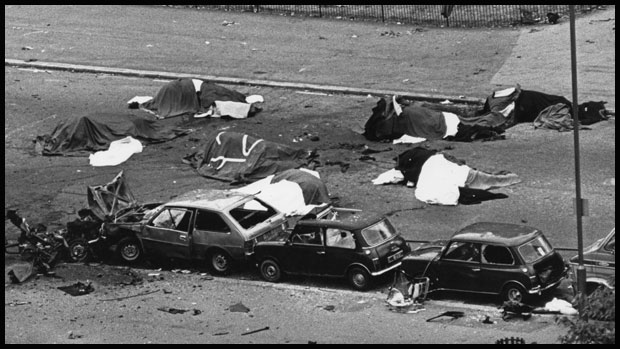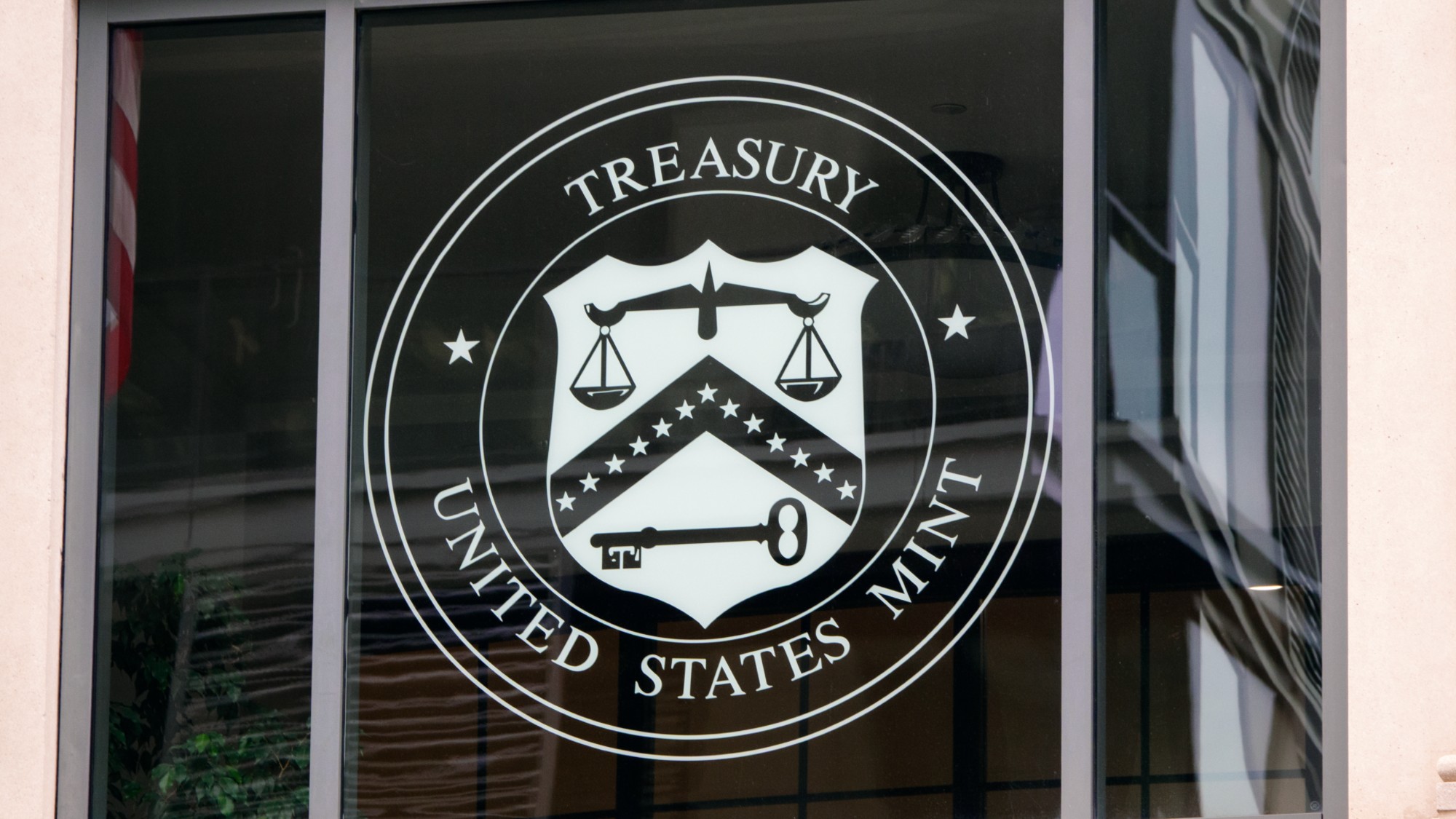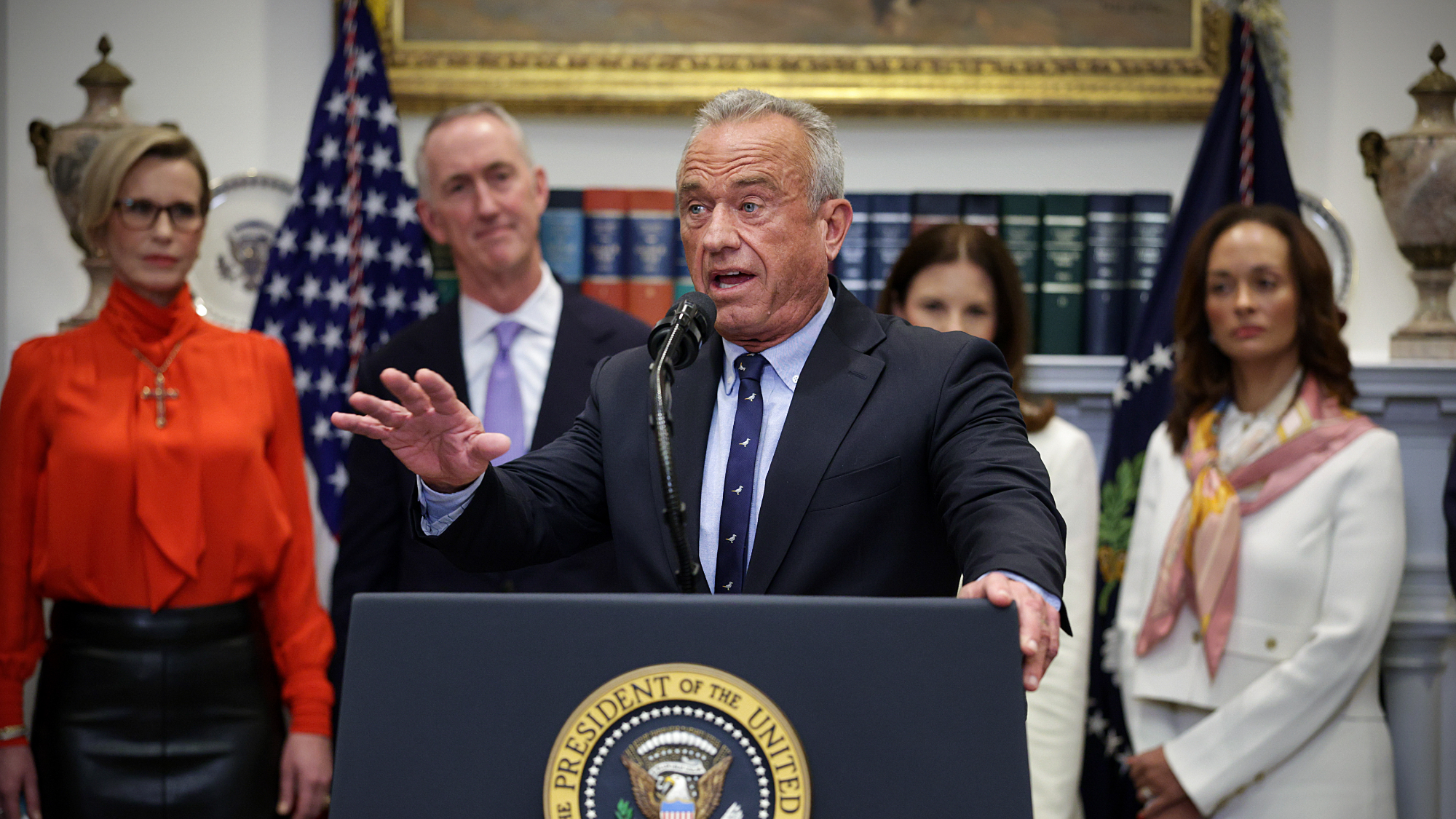Hyde Park bomb: man charged over infamous IRA attack
John Anthony Downey faces four counts of murder over nail-bomb blast that killed soldiers and horses

THE full horror of the IRA's 1982 bombing of guardsmen in London's Hyde Park lives on in the photographs of dead and dying horses partially shrouded by tarpaulins. Now, more than 30 years since the 20 July atrocity which killed four members of the Royal Household Cavalry and seven of its horses, a man has been charged with their murder.
John Anthony Downey, a 61-year-old from Donegal, was arrested at Gatwick Airport on Sunday and appeared before Westminster Magistrates this afternoon. He is accused of the murders of guardsmen Roy John Bright, Dennis Richard Anthony Daly, Simon Andrew Tipper and Geoffrey Vernon Young and also faces a charge of intending to cause an explosion likely to endanger life.
Downey only spoke briefly in court, confirming his name, date of birth and address. The case was sent to the Old Bailey for a bail hearing on Friday and a preliminary hearing on 5 June.
The Week
Escape your echo chamber. Get the facts behind the news, plus analysis from multiple perspectives.

Sign up for The Week's Free Newsletters
From our morning news briefing to a weekly Good News Newsletter, get the best of The Week delivered directly to your inbox.
From our morning news briefing to a weekly Good News Newsletter, get the best of The Week delivered directly to your inbox.
It is claimed that Downey planted a large nail-bomb in a blue Austin car parked on South Carriage Drive in Hyde Park. The device, which experts believe was detonated remotely, exploded as the soldiers, members of the Household Cavalry, Blues and Royals regiment, travelled on horseback from Knightsbridge to Buckingham Palace for the changing of the guard.
Three of the soldiers were killed instantly by the blast. Bright died from his injuries three days later. Seven horses died or were so badly injured they had to be put down. Other soldiers, horses and tourists who had gathered to watch the parade were injured by flying shrapnel and nails.
The Hyde Park bomb was followed, within two hours, by another blast at a bandstand in Regents Park where the Royal Green Jackets band was playing for members of the public. The second bomb killed seven more soldiers. The charges that Downey faces are unconnected to the second bomb.
The IRA claimed responsibility for both attacks in a statement that deliberately mirrored prime minister Margaret Thatcher's words just a few months previously when Britain entered the Falklands War. The paramilitary organisation said: "The Irish people have sovereign and national rights which no task or occupational force can put down".
A free daily email with the biggest news stories of the day – and the best features from TheWeek.com
Reacting to the bombings, Thatcher said: "These callous and cowardly crimes have been committed by evil, brutal men who know nothing of democracy. We shall not rest until they are brought to justice."
Sefton, one of the horses which survived the bombing, became a “symbol of triumph over adversity”, says the Daily Telegraph. The black gelding managed to recover despite sustaining 38 injuries, including a partially severed jugular vein and a badly damaged eye.
The horse was given a 50 per cent chance of survival, but made a full recovery and returned to duty within three months, serving with the Household Cavalry Mounted Regiment for another two years where he was often ridden by Sergeant Michael Pedersen, his rider on the day of the IRA attack.
Downey is not the first man to face charges relating to the Hyde Park bomb. In 1987 Northern Irishman Gilbert McNamee was jailed for 25 year for making the device that killed the soldiers.
He was released in 1998 under the terms of the Good Friday agreement and later that year the court of appeal overturned his conviction after ruling that it was unsafe.
-
 The Mint’s 250th anniversary coins face a whitewashing controversy
The Mint’s 250th anniversary coins face a whitewashing controversyThe Explainer The designs omitted several notable moments for civil rights and women’s rights
-
 ‘If regulators nix the rail merger, supply chain inefficiency will persist’
‘If regulators nix the rail merger, supply chain inefficiency will persist’Instant Opinion Opinion, comment and editorials of the day
-
 Trump HHS slashes advised child vaccinations
Trump HHS slashes advised child vaccinationsSpeed Read In a widely condemned move, the CDC will now recommend that children get vaccinated against 11 communicable diseases, not 17